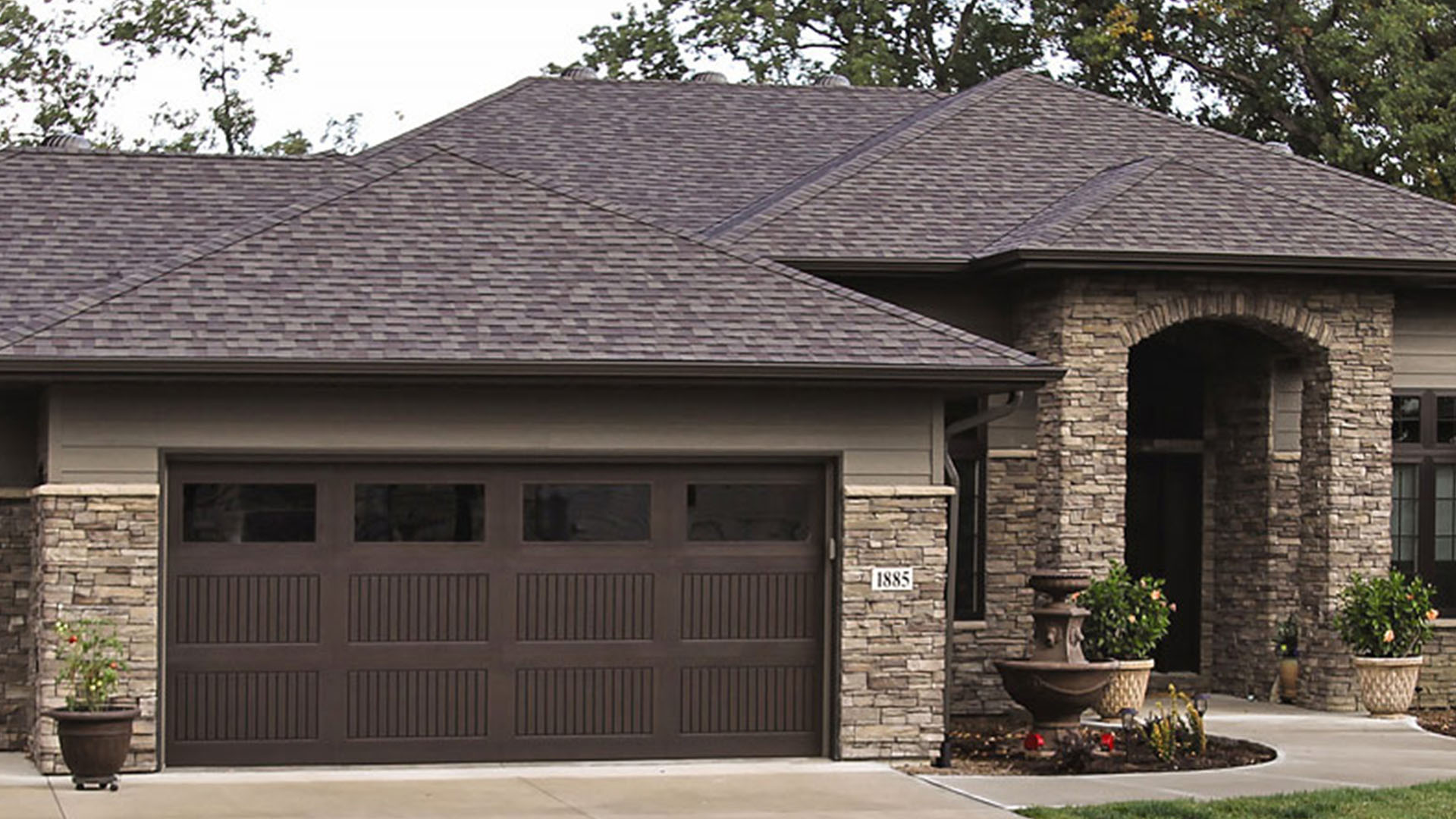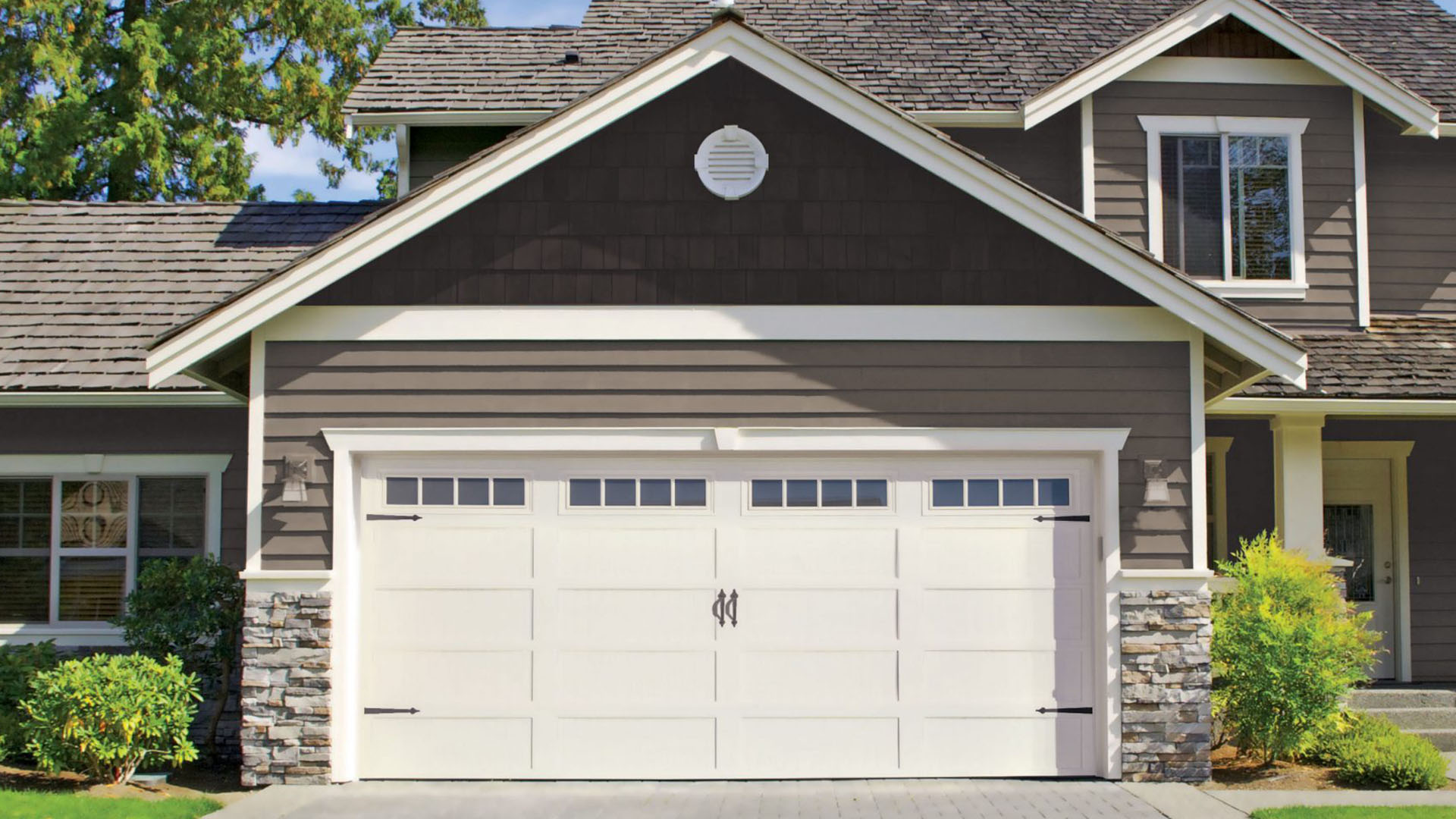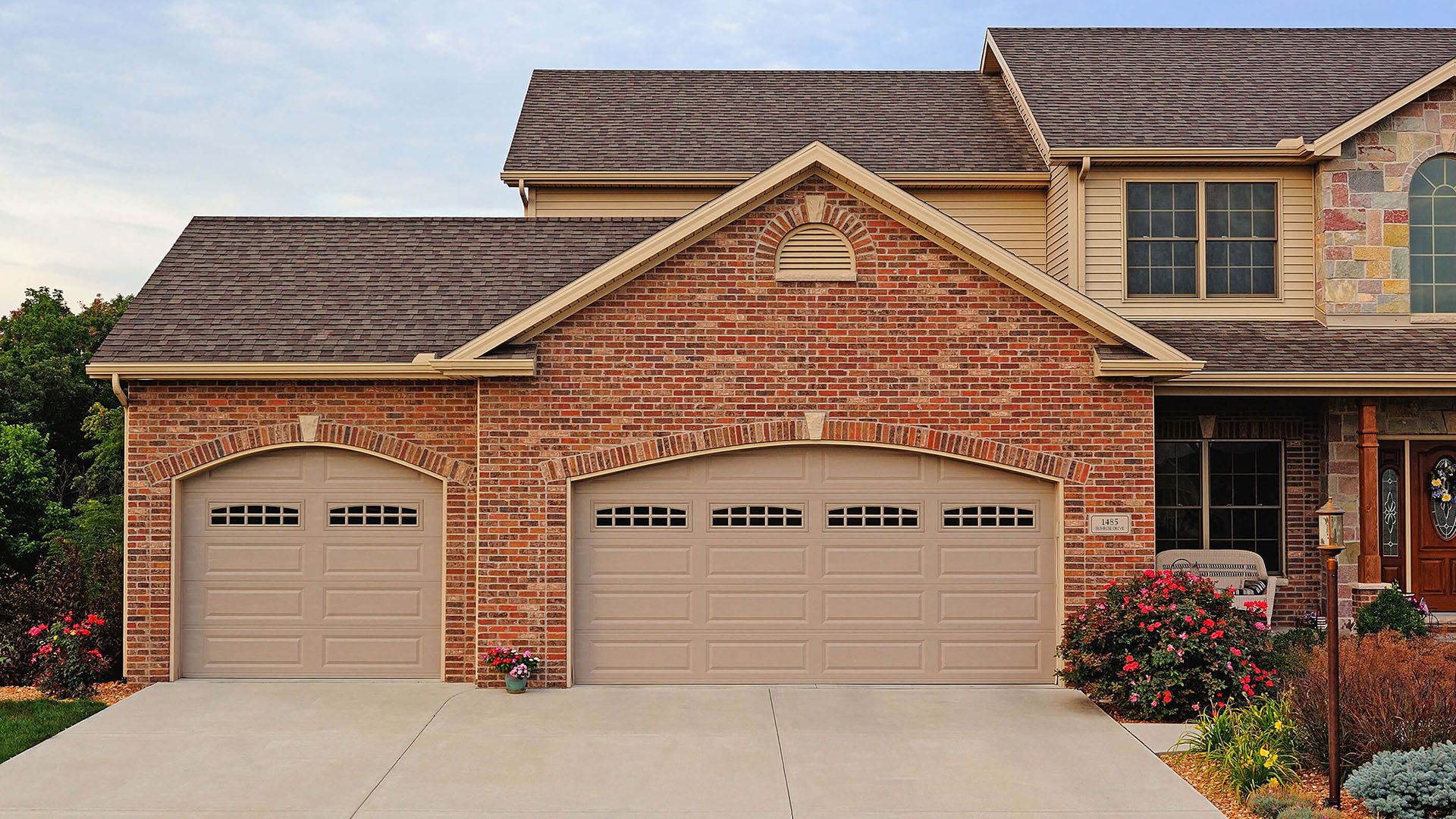
Replacing a Broken Garage Door Spring: Costs and Considerations
Introduction
Garage doors are part and parcel of modern life, providing convenience, security, and aesthetic appeal to our homes. But, like all things mechanical, they can sometimes break down. One of the most common issues is a broken garage door spring. When that happens, you're left with a hefty dilemma: how much will it cost to fix it? What considerations should you keep in mind during the replacement process? This article dives deep into the world of garage door springs, offering insights on costs, service options, and essential considerations you'll want to think about when dealing with this repair.

Replacing a Broken Garage Door Spring: Costs and Considerations
When your garage door stops functioning correctly due to a broken spring, it can feel like your whole day is thrown off course. Not only does your garage door protect your belongings, but it also impacts the overall functionality of your home. So how do you tackle this issue?
What's a Garage Door Spring Anyway?
A garage door spring is essentially the powerhouse behind your garage door's operation. It helps lift the heavy door and counterbalances its weight. There are two main types of springs:

- Extension Springs: These run parallel to the tracks on either side of the door.
- Torsion Springs: Located above the closed door, these springs twist and unwind to lift or lower the door.
Understanding these different types can help when discussing repairs with professionals.
Why Do Springs Break?
Springs wear out over time due to regular use. Factors include:
- Age: Older springs may have lost their elasticity.
- Temperature Changes: Extreme heat or cold can weaken metal.
- Improper Installation: If not installed correctly initially, springs may break sooner than expected.
Signs Your Garage Door Spring Is Broken
How do you know when it's time for broken spring replacement services? Here are some telltale signs:
Recognizing these signs early can save you from more severe issues emergency broken spring replacement services down the line.
Cost Breakdown for Garage Door Spring Replacement
When considering costs for garage door spring replacement service, several factors come into play:
Type of Spring
- Extension Springs: Typically cost between $50 - $100 each.
- Torsion Springs: Usually range from $100 - $300 each.
Labor Costs
Most professionals charge between $75 - $150 per hour for labor. The entire process can take anywhere from 1 to 3 hours depending on complexity.
Additional Parts
Sometimes other components might need replacing during a repair (like cables or rollers), which could add extra costs ranging from $20 - $100.
Total Cost Estimate Table
| Item | Estimated Cost | |--------------------------|---------------------| | Extension Spring | $50 - $100 each | | Torsion Spring | $100 - $300 each | | Labor | $75 - $150/hour | | Additional Parts | $20 - $100 | | Total Estimate | $$200 - $600+ |
Is It Worth Hiring Professionals?
You might wonder if DIY is an option here. While some homeowners are handy enough to attempt their own repairs, hiring a professional has its advantages:
Finding Quality Garage Door Spring Repair Services
When looking for reliable garage door spring repair services:
- Start by checking online reviews.
- Ask friends or family for recommendations.
- Ensure they’re licensed and insured.
Don’t just settle for any service; you want someone who knows what they’re doing!
DIY vs Professional Repair – Pros & Cons
Let’s break down whether you should roll up your sleeves or call in an expert:
Pros of DIY
- Cost savings
- Personal satisfaction
- Learning experience
Cons of DIY
- Safety risks
- Potential for mistakes leading to further damage
- Lack of warranty
Common Questions About Garage Door Springs
Here are some frequently asked questions regarding broken spring replacement services:
1. How long do garage door springs last?
Typically, they last around 7 to 9 years depending on usage frequency and maintenance.
2. Can I replace one spring instead of both?
While it’s often recommended to replace both springs at once (to ensure even wear), technically you can replace just one.
3. How do I maintain my garage door springs?
Regular inspection and lubrication can extend their lifespan significantly.
4. Are there any safety features I should consider?
Yes! Look for models with safety cables—these prevent springs from causing injury if they break suddenly.
5. What type of spring should I choose?
This depends on your specific needs—consult with a professional for guidance based on your garage setup.
6. Will my insurance cover this cost?
It varies by provider—check with your insurance company regarding coverage specifics related to home repairs like this one.
Choosing Between Torsion vs Extension Springs
If you're faced with choosing which type of spring best fits your needs during a repair, here's what you need to consider:
- Torsion springs require less space as they mount above the header while extension springs need room along both sides.
- Torsion springs generally handle heavier doors better compared to extension ones; if you've got a beastly garage door, opt for torsion!
- Extension springs tend to be cheaper but may not offer long-term durability compared to torsion models which could save money over time.
What Happens During Replacement? A Step-by-Step Guide
So what exactly goes down when you hire someone for garage door spring repair? Here’s an overview:

Conclusion
Replacing a broken garage door spring isn’t just about fixing something that’s broken; it's about restoring functionality and peace of mind in your home environment! Whether you're leaning toward doing it yourself or opting for professional help, understanding costs and considerations is key here—after all, no one wants surprises when it comes time to foot the bill!
Remember that regular maintenance goes hand-in-hand with longevity; taking care of those vital components means fewer headaches down the road!
In case you've got more questions about replacing a broken garage door spring—don't hesitate! Reach out today!
This article aims to equip you with all the knowledge needed regarding "Replacing a Broken Garage Door Spring: Costs and Considerations". From understanding what makes up these essential parts right through cost expectations—you’ll be well-prepared next time something goes awry in that trusty old garage!